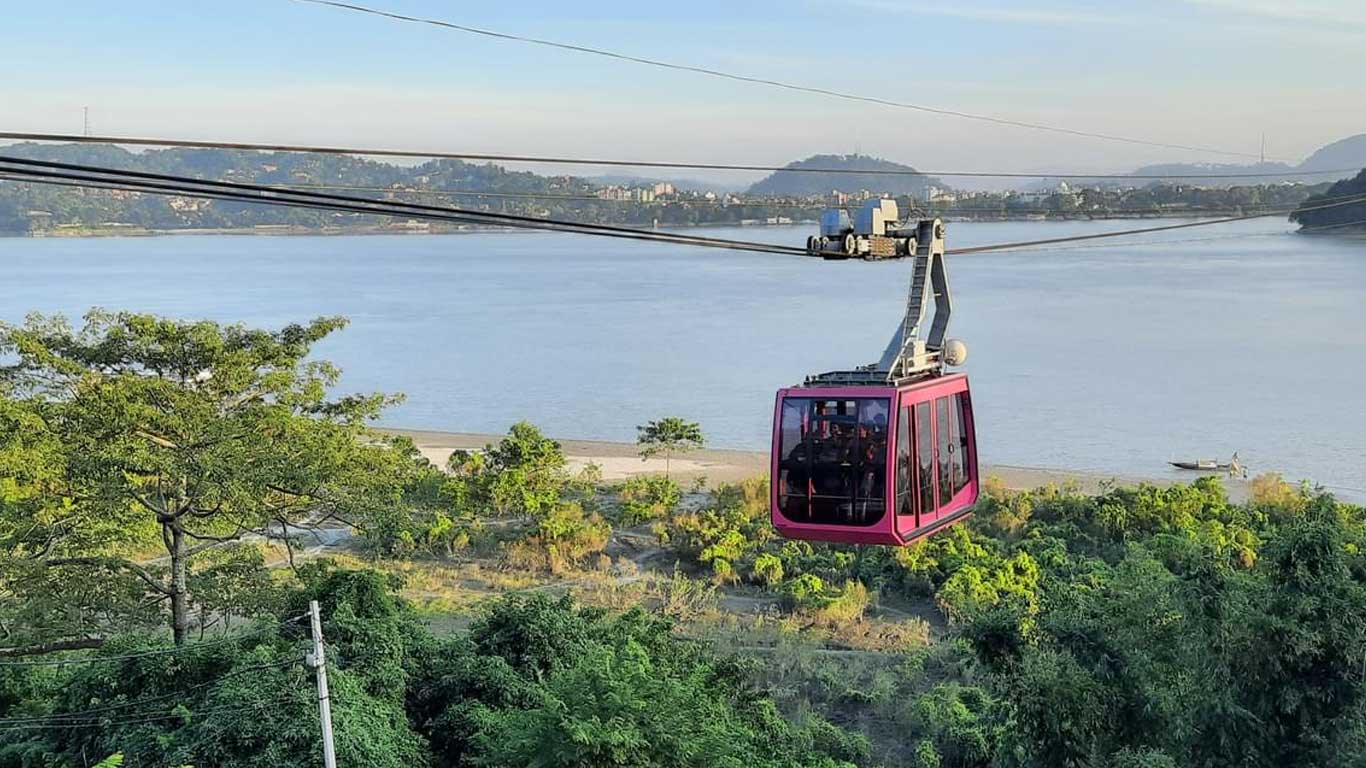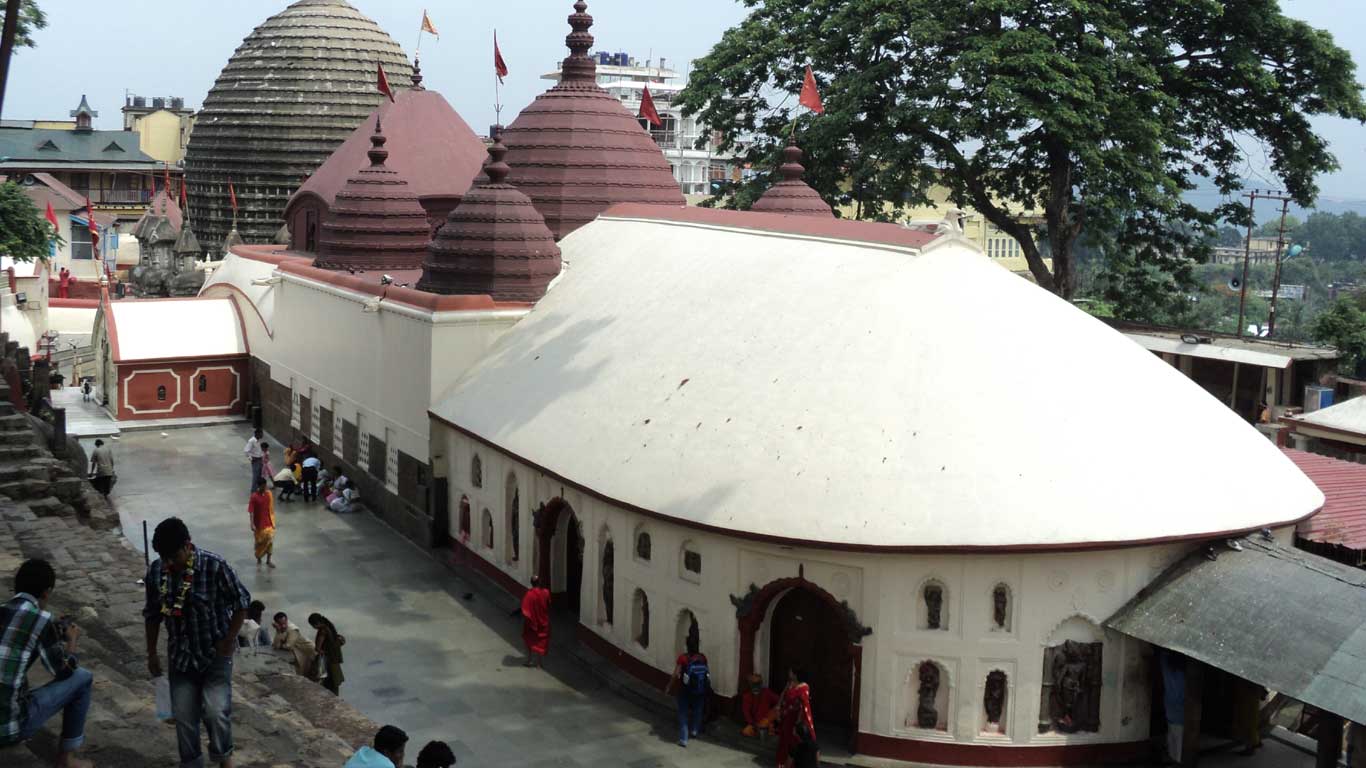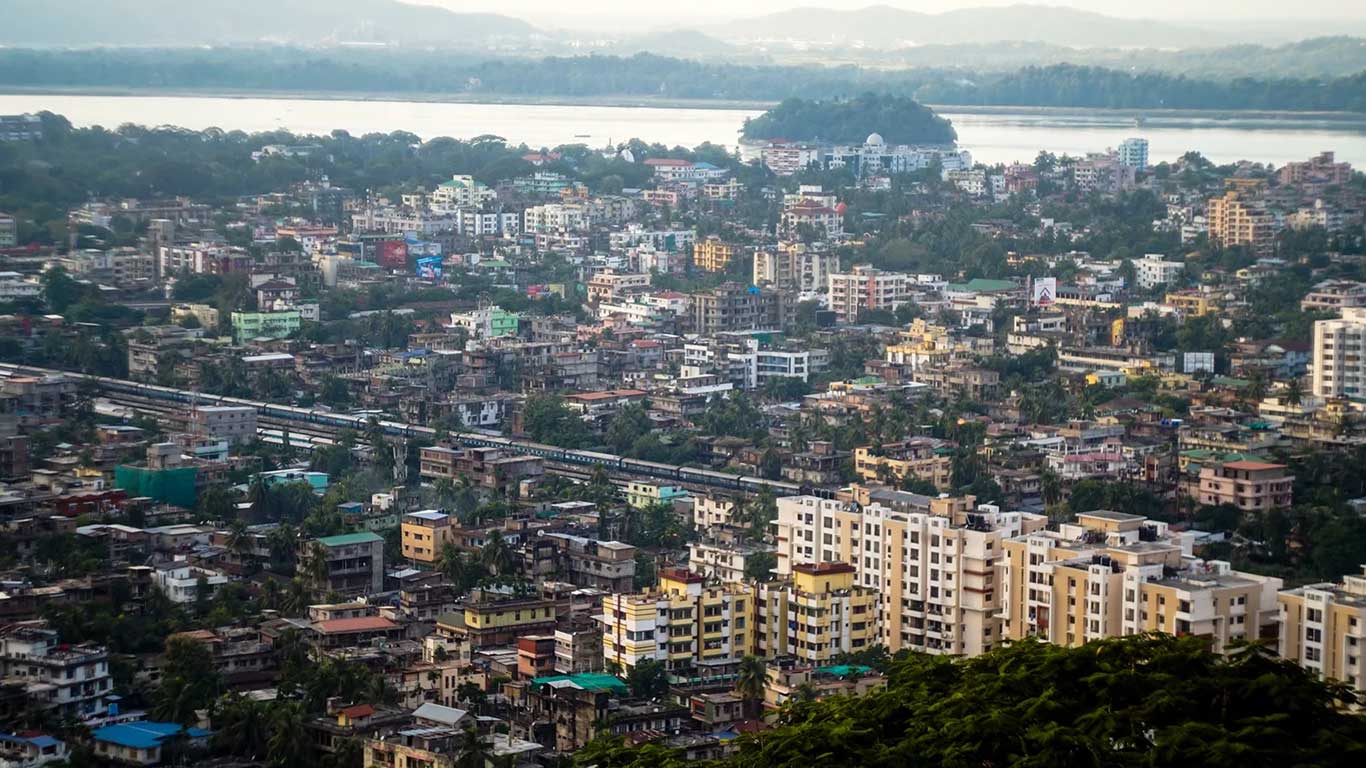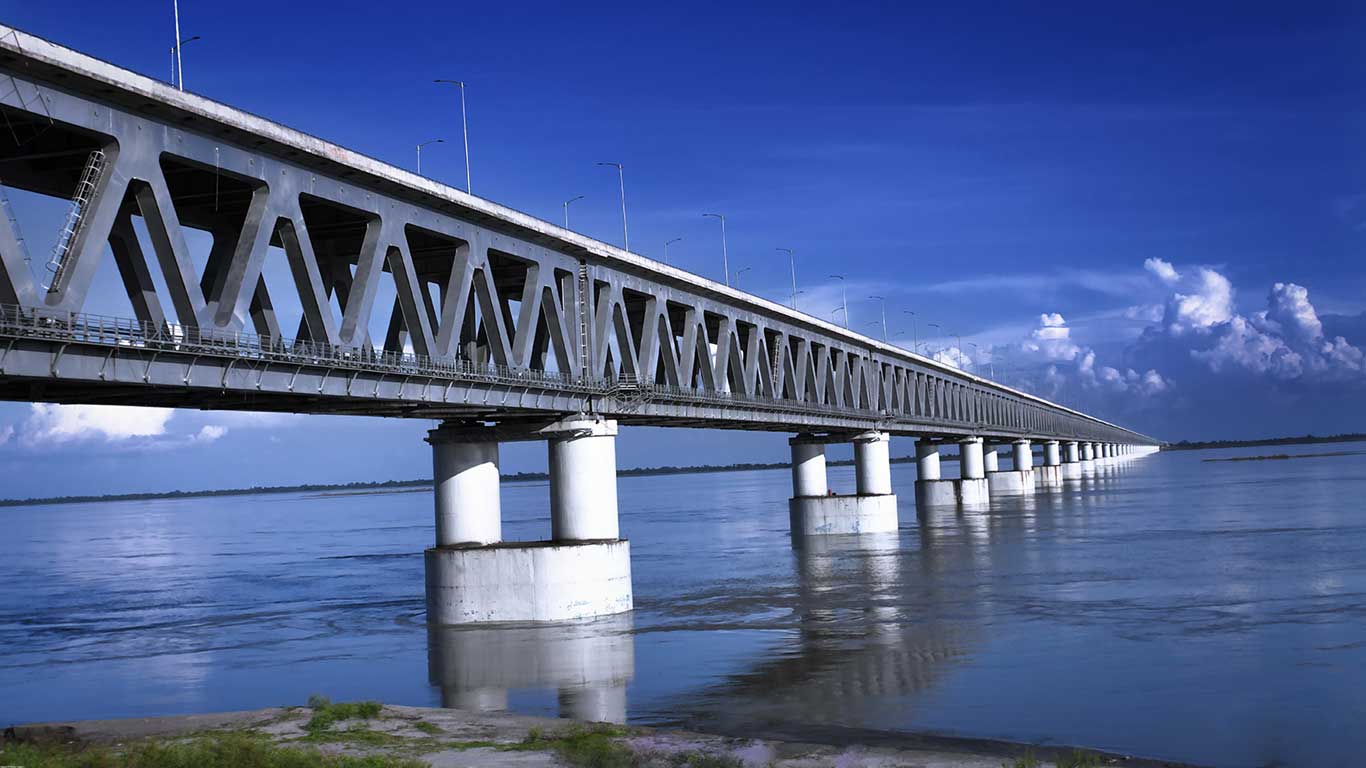Guwahati
Guwahati, the largest city in the North-East, is defined by the breathtaking river the Brahmaputra, which flows mighty, wide and awesome throughout the year here. The city sprawls along the curve of the river. At first sight, Guwahati’s haphazard urbanisation is totally at odds with its picturesque setting. However, the suburbs meet into rice fields and spread into green hillocks. Dispur the capital of Assam, is just 8 km away.
Traditionally, Assam was known as Kamrupa Desa and Guwahati as Pragjyotishpur. It was an important cultural centre, as attested by many ancient temples here. Hieun Tsang visited the region in 640 CE. The ahoms, adopted Hinduism and ruled from the 13th century to 1826. They faced numerous invasions, including several by Mughal armies, and managed to repel them all.
Towards the end of the 16th century, the Vaishnavite saint Sankardeva established many satras (monasteries) here. Another Burmese invasion ended ahom rule before the British annexed this territory and brewed its world-famous tea industry.
Today, Guwahati is a bustling city and pilgrimage centre and has the largest CTC Tea Auction Centre in the world. After Independence, what was once Assam Province gradually got carved into the seven states o the North-East today, a region of immense cultural diversity besides scenic beauty, which has been neglected economically and remains a little-understood hotbed of separatist movements.
The city is divided by the Brahmaputra – the part on the north bank is called North Guwahati, while most places of interest lie on the south bank, simply called Guwahati. The best way to get around locally is by auto.
The Brahmaputra
The sea-like Brahmaputra is Guwahati’s main attraction. People gaze at it, sit beside it, walk along with it, take a ferry or cruise on it. For sure hire a motorised boat (bhotbhoti) from the riverfront for a private river cruise and picnic by a secluded sandbank. Nothing will disturb you 30 mins away from town. This is best done in winter as it could be frightening to face the occasional squalls, which occur from February onwards, in a small boat.
The Umananda Temple to shiva is 400 years old and scenically located upon the Peacock Island in the middle of the fast-flowing Brahmaputra.
Country boats from Shukleshwar Ghat take devotees across the Brahmaputra to Aswaklanta Temple, an important Vaishnavite shrine.
Kamakhya Temple
The Kamakhya Temple is located on the Neelachal Hill, 8 km west of Guwahati. Guwahati’s most revered site and one of the foremost Shaktipeeths, this is the place where Sati’s yoni fell. Some evidence suggests that the Kamakhya Temple was an ancient Khasi sacrificial site. Destroyed in a Mughal invasion of the early 16th century, it was rebuilt in 1665 by King Nara Narayan of Cooch Behar. The temple was always been associated with tantric and occult practices and Shakti worship.
With a beehive-like Shikhara, the lower part of the temple features interesting sculptures. There are images of Ganesha and Chamundswari but Kamakhya herself is not worshipped as an idol. A sculpted stone image of the yoni, which remains wet from the waters of a natural spring is worshipped.
The temple of Kamakhya is renowned for its celebration of the seven-day Ambubachi Festival when the deity undergoes her menstrual cycle. A goat is sacrificed by the temple authorities every day. Devotees offer goats, pigeons and buffaloes. However, the practice is declining and most pilgrims prefer to make a symbolic offering and then set the animals free.
A good road leads to the temple, as does a historic stone pathway, known as the mekhela ujowa path, state transport buses ply every 30 mins to the Kamakhya temple from Kachari stop, near the Guwahati Railway Station. If arriving by bus and disembarking at the foot of the hill, taxis and shared taxis are readily available to complete the climb. Please note that only Hindus are allowed inside this temple.
Assam State Museum
The Assam State museum features walk-through displays of tribal villages, besides textiles and sculptures.
Assam State Zoo
Assams famous one-horned rhino can be seen at the spacious Assam State Zoo and Botanical Gardens.
Humro Tours
-
Address:19 MN Sarkar Road, Mahananda para, near Sevoke More, Siliguri 734001 ,Siliguri, Darjeeling, State : West Bengal, Country : India. PIN : 734001
-
Call Us at:
+919733000592; 9733000594; 9733300676; 9733300686 -
Mail Us:
info@easthimalaya.in




